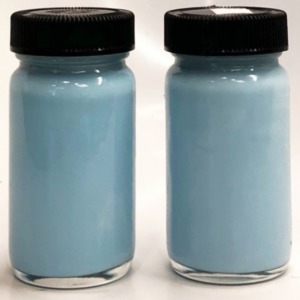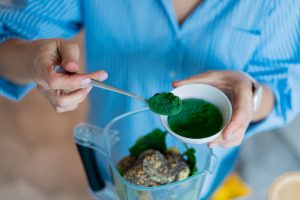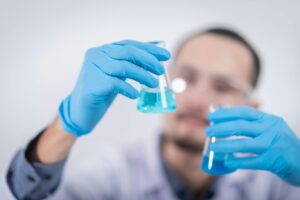Natural Colors for Fermented Dairy and Non-Dairy Applications
Fermentation is a fantastic technology we borrow from nature. It allows us to transform our food, improving taste, modifying texture, and prolonging shelf life through the production of organic acids among other secondary metabolites. Even though the process has been used for centuries, fermentation still finds a place in current food trends, due in part to the growing knowledge base on the effects that probiotics, parabiotics and prebiotics plays on human health.
Lactic acid fermentation is therefore an everpresent tool for the production of traditional and innovative dairy and non-dairy products.
But while some natural colors are perfectly stable at the lower pH of fermented dairy and plant based proteins, others will not be the best choice. This article will provide you with a quick guideline to give your yogurts and cultured beverages the beautiful color they deserve.
Colors with Good pH Stability
There are many colors that are fairly stable throughout the pH range of most foods – let’s call these “happy pH colors”. These are colors that are stable anywhere between 2.5-7.0 and include curcumin, caramel, safflower extract, and beetroot red. Curcumin and betanins in beet root can show a color shift as pH changes, but in the range of lactic fermentation the hue is stable and predictable. Emulsitech® beta-carotene and paprika are also stable in yogurts and cultured protein beverages. You can see these colors in a plant based fermented yogurt in the image below.

Colors that Require Stabilization
On the other hand, we have colors that will precipitate when exposed to acids, even at pH levels as mild as 4.0-4.5. Norbixin, the water-soluble version of annatto, and copper chlorophyllin are examples of colors that can precipitate in acidic and semi-acidic systems. And while Carmine also precipitates at lower pH levels, depending on the viscosity of the system, the instability may be subtle.
However, regardless of subtlety, the precipitation of pigment is not only undesirable because of aesthetics results, but because a color that is not fully dissolved or well dispersed will not fully reflect the light, and is therefore not delivering its full potential: costing you more money. The good news? Natural colors that aren’t inherently stable at low pH levels can be stabilized for successful use in fermented dairy and non-dairy applications.
You can see what this looks like in the image below. The non-stable version of the above pigments are duller in shade and have speckling, while the stabilized versions appear bright and uniform.

pH Sensitive Natural Colors
Finally, we have a subset of natural colors that can be used discretionally in fermented dairy or plant-based protein systems. Anthocyanins have the property of changing color with the environment – they become more purplish or even blue-ish as the pH increases, but this change is also accompanied by a reduction of their intensity and stability. At the pH level of yogurts, anthocyanins start to become “uncomfortable” and although the hue turns to a nice pinkish purplish color, they tend to look faded compared to systems with lower pH at the same dosage level. But fortunately, there are many sources of anthocyanins and some of these – particularly those from vegetable sources – are generally more stable allowing them to be used successfully in this “boundary pH” of lactic acid fermentation.
In the image below, you can see that red cabbage (top) and purple sweet (bottom) can be used in fermented protein systems while still maintaining their bright pink-purple shade.

Like anthocyanins, phycocyanins can also be used discretionally in fermented dairy and plant-based products. The optimum pH for spirulina extracts is 5.5-6.0, with lower levels causing precipitation and a shift towards a turquoise hue. But in yogurts and similar systems this effect is not as noticeable, allowing the color to be used (provided the stability of the whole system is assessed). An even better solution would be the use of phycocyanins derived from Gadieria sulphuraria, a microalgae, which produces an acid resistant blue color*, perfect for the sensory design of fermented products with flavors associated with blue, green, and purple shades.

Whatever the flavor you are designing for your yogurt, or your fermented plant-based product, count on our technical advice to choose the optimum color solution that will delight your consumer’s senses. Get started by requesting a natural colors sample kit for dairy, click here to contact us, or click here to learn more about how we ‘dairy’ to be different.
*A petition for the use of Galdieria blue extract in foods has been submitted to the US FDA for a wide range of applications as well as the European Food Safety Authority, particularly for its inclusion in Group II of Regulation 1333/2008 , implying its use at GMP levels in a wide range of foods.






